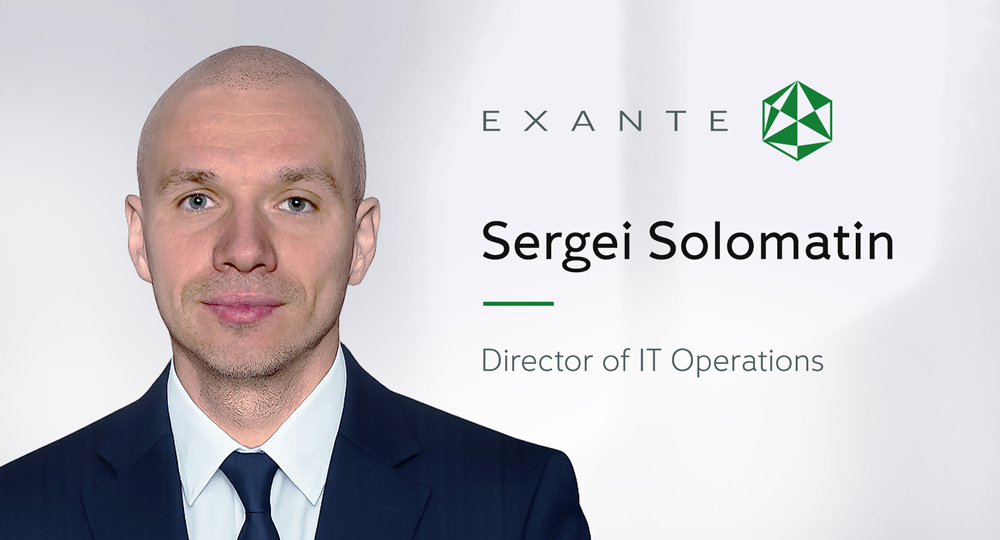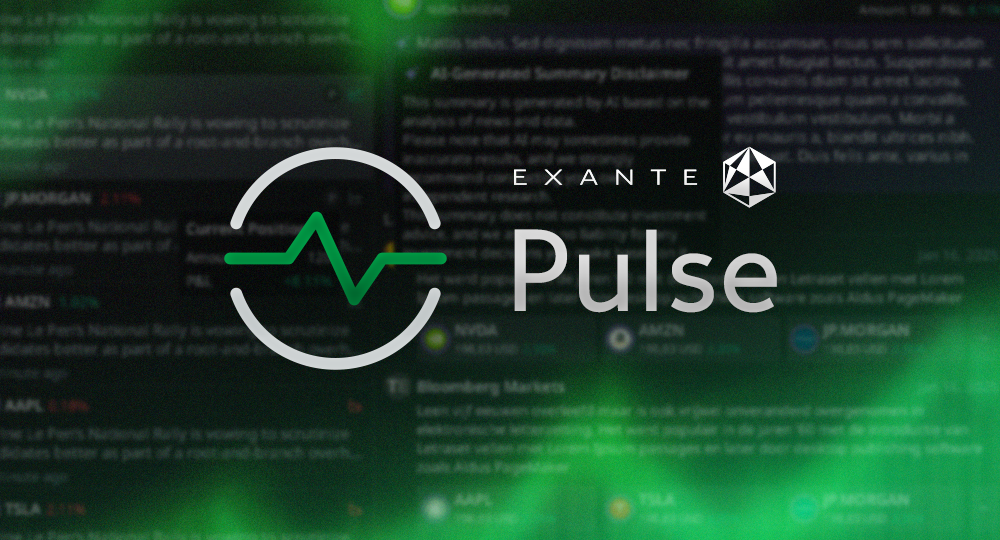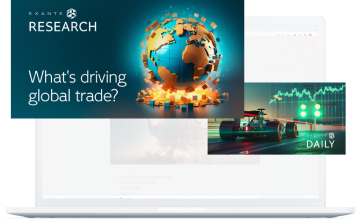Similar to long Covid, when patients appear to recover but then are left with a myriad of symptoms affecting many parts of the body, emerging markets’ economies are also still reeling from Covid, both directly and indirectly. Despite emerging markets performing better in 2020 than many developed nations like the US, e.g. the MSCI Emerging Markets (EM) Index—the benchmark index for large and mid-cap companies across 27 EM countries outperformed the S&P 500 Index, the prospects for continuing higher EM growth and market performance are quickly diminishing as overall volatility and risk increases.
What are the symptoms?
Emerging markets bonds, currencies and even equities seem to be in for a rough ride as new Covid variants, slow vaccine roll-out, high incidences of vaccine hesitancy, rising inflation risks, and growing global political and civil unrest all come into play.
It's clear that monetary policy actions taken by the US Fed and the ECB during the height of the Coronavirus pandemic, in addition to expansionary fiscal measures, have boosted the return to growth for those economies. In July, the IMF maintained its 6% global growth outlook for 2021, but downgraded its forecast for emerging markets from the 6.7% it predicted in April to 6.3%.
The continuing rise in inflation above its 2% target in the US and Eurozone, coming in at 5.4% and 2.2% year-on-year respectively in July, is already affecting emerging markets (EM) growth prospects. EM central banks are having to refocus on how quickly they will need to raise rates should current inflation prove not to be the result of transitory demand-supply mismatches. The consequent effect on sovereign and corporate debt markets and the impact any rate rise will have on domestic capital investment do not bode well for growth. This uncertainty may explain the June and July front loaded issuance from sovereigns and corporates taking advantage of the relatively low (by historical standards) yield environment.
The rising inflation threat is definitely being felt by EM currencies which have become significantly more volatile during the Covid pandemic. The portfolio outflows experienced during the February-March taper tantrum threat has returned as, according to Institute of International Finance data, foreign net flows to emerging market equity and debt portfolios slowed to $7.5 billion in July, down from $28.1bn in June and $13.8bn in May. Outflows reached $10.5 billion from EM equities, a ten month low for EM equities. The ever increasing probability that the Fed may change course more quickly than suggested during its July 2021 meeting means that there is a chance of another “taper tantrum'' similar to the one that shook global markets in 2013. The big question that will move the markets will be how the tapering will be done, not whether it will be done, As noted by the World Bank in its June 2021 Global Economic Prospects report, higher inflation may complicate policy choices in emerging markets that are also relying on expansionary policies to ensure a durable post-Covid recovery. EMs remain vulnerable to financial market stress should investor risk sentiment deteriorate as a result of actual or perceived inflation pressures in advanced economies. These stresses would only be amplified if there is indeed another taper tantrum due to some unexpected change to the QE programme and/or if these changes are accompanied by a sudden rate rise.
Some EM central bankers, notably in Brazil, Russia, Mexico, Hungary, and the Czech Republic are already trying to limit new inflation forces by raising rates. Other EMs such as South Africa, are expected to follow towards the end of 2021 and into early 2022 as the Fed seeks to normalise rates. This trend, coupled with rising US Treasury yields, could pressure EM bonds in the short term. And these risks may also leak into EM equities as market liquidity starts to decline, volatility increases and investors shift focus to value/cyclical names and defensive stocks with strong balance sheets.
In addition, above all the other risks, is the ever present and significant geo-political and domestic political risk to contend with.
When it comes to geopolitical risks EMs have become dominated by what happens in the largest emerging market, China. The resurgence of Covid in China with the possibility of broader lockdowns again interrupting global supply chains, could hit international trade and raise inflation expectations globally.
However, the biggest risks for emerging markets are always local. During this Covid crisis we have seen a wave of civil unrest in some countries, e..g, Brazil, Columbia, and South Africa. Governments in these and other emerging markets like Turkey cannot just print money or step in with unlimited support. In some emerging markets, the pandemic means businesses have closed down, unemployment has soared, and accessing food and medicines have become even more difficult for many. Populations are bound to grow angrier, particularly as corruption scandals emerge, putting far greater pressure on political systems. And these protests and riots come at a significant cost. Rioting, looting and arson has been estimated to have cost the South African economy at least 150,000 jobs during the pandemic and raised the political risk profile too high for some investors. The South African Chamber of Commerce and Industry (SACCI) business confidence index fell to 93.2 in July 2021 from 96.2 in June 2021, the lowest since October 2020.
What is the prognosis?
As in the rest of the world, emerging markets are still very much dependent on how quickly the different Covid variants can be contained. EMs still stand a chance of a good medium term prognosis if they are able to improve inoculation rates and take serious action to counter vaccine hesitancy and misinformation, In addition, inflationary pressures, currency volatility, and outsized dollar-denominated debt burdens in a limited number of emerging markets may not turn out to be overly problematic if the global recovery continues apace, boosting demand for EM commodities and traded products.
There also remains the chance that a disconnect between the macro outlook and the markets may continue for some EMs. Investors, worried by tightening government controls in China, but with strong enough risk appetites, may look elsewhere in the EM world. The position of EM central banks and their continued support, where able, to stock markets through asset purchasing programmes, may prove crucial. And, particularly as the US and Europe emerge from Covid towards the latter part of 2021, governments may be more willing to acknowledge that there is a greater benefit to multilateral cooperation on vaccine supply. What Covid has demonstrated is just how mutually dependent economies are. This may help governments step back from protectionist trade policies and agree to provide dollar liquidity under resurgent financial stress. But that does not mean that EMs will be risk free. Domestic political crises remain a bigger worry, but that may be a problem for the medium to longer run. For now, investors may have to examine the symptoms on a country by country basis.
While every effort has been made to verify the accuracy of this information, EXT Ltd. (hereafter known as “EXANTE”) cannot accept any responsibility or liability for reliance by any person on this publication or any of the information, opinions, or conclusions contained in this publication. The findings and views expressed in this publication do not necessarily reflect the views of EXANTE. Any action taken upon the information contained in this publication is strictly at your own risk. EXANTE will not be liable for any loss or damage in connection with this publication.
Questo articolo viene fornito all'utente soltanto a scopo informativo e non deve essere considerato come un'offerta o una sollecitazione di un'offerta di acquisto o di vendita di investimenti o servizi correlati che possono essere qui menzionati.






